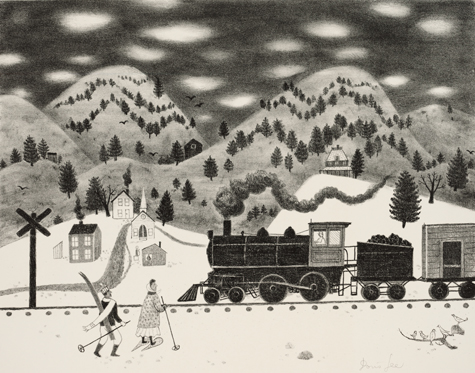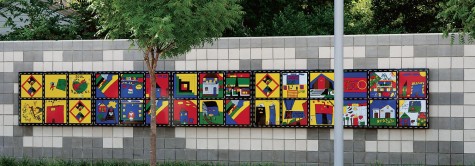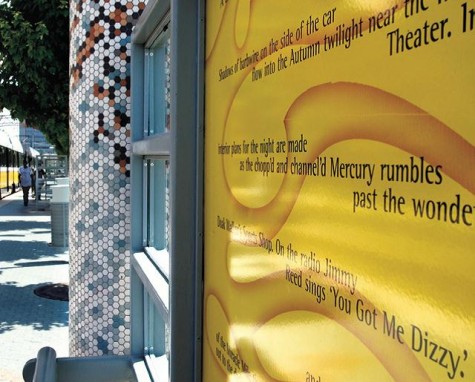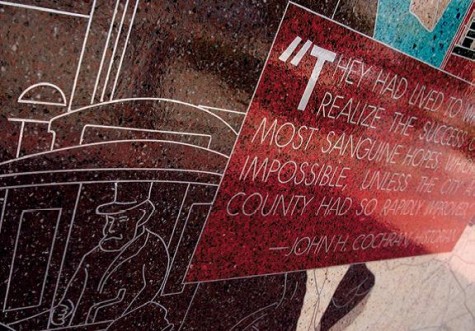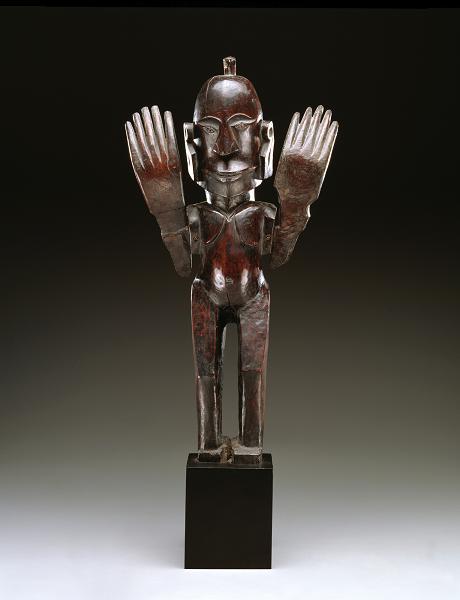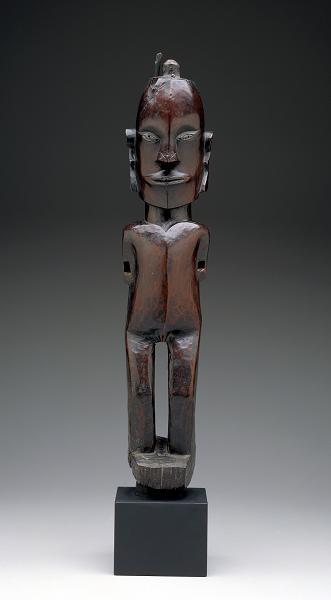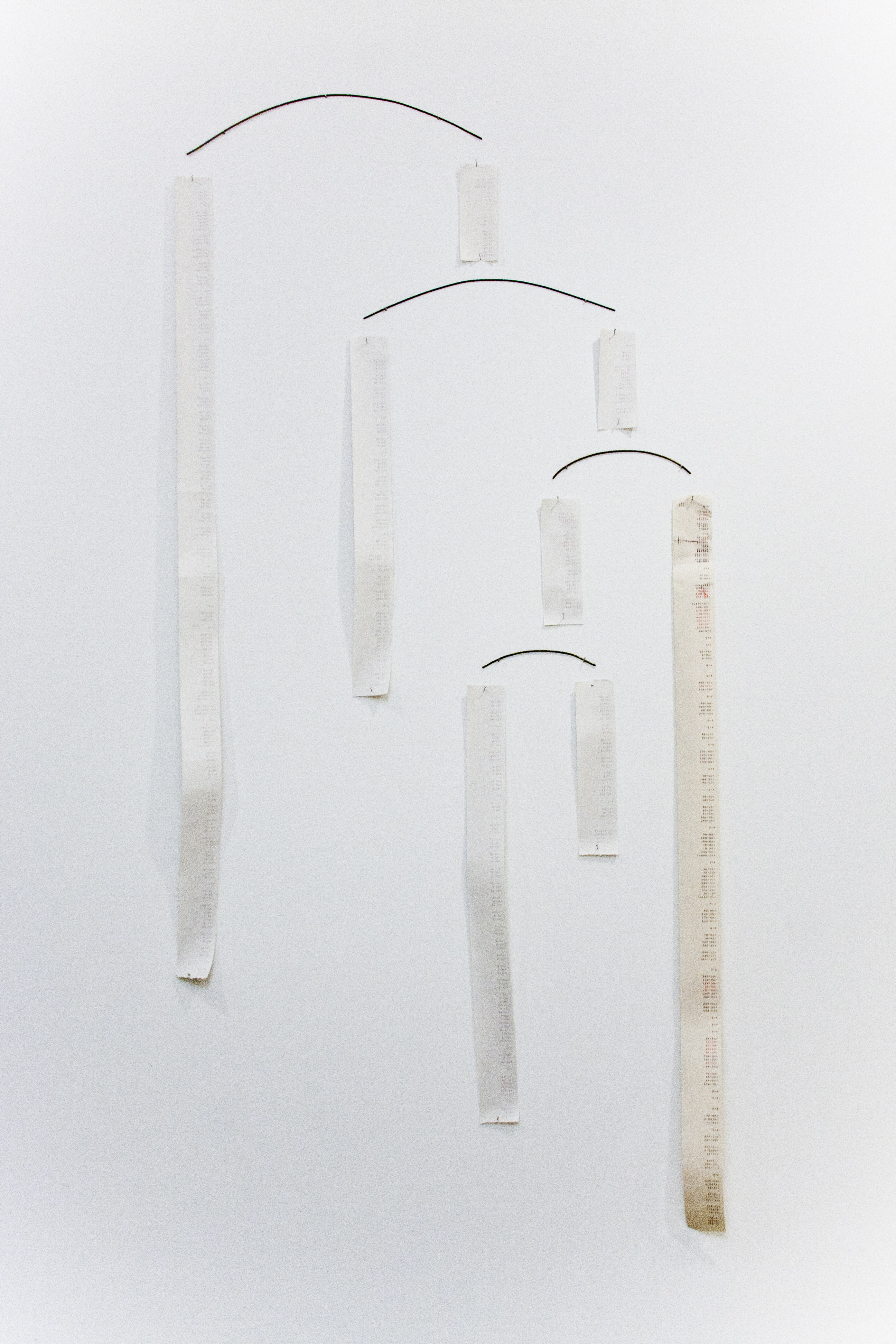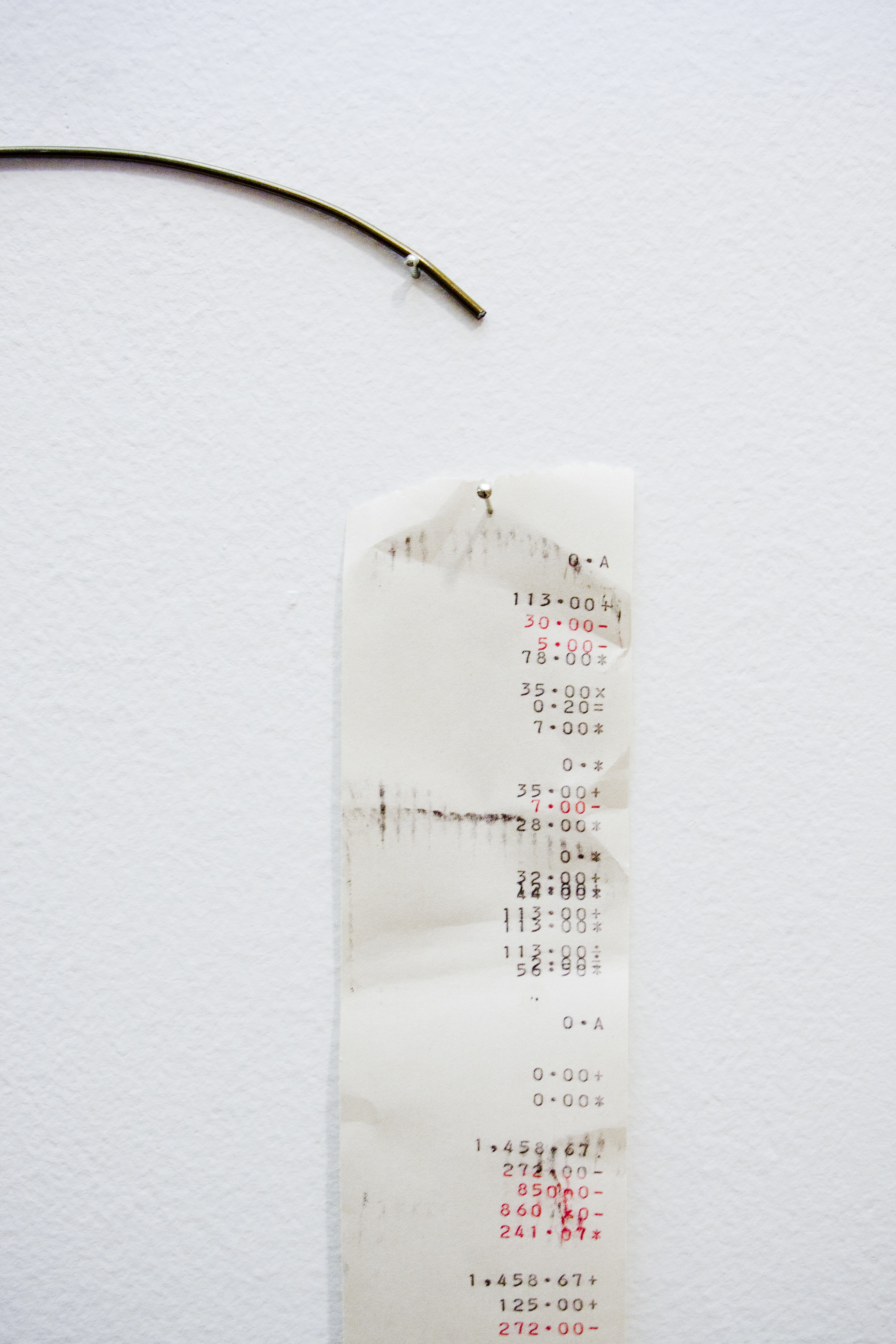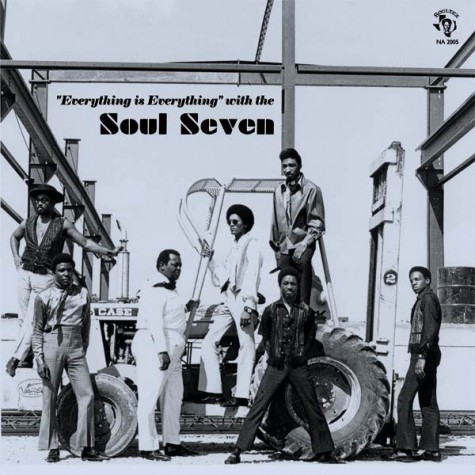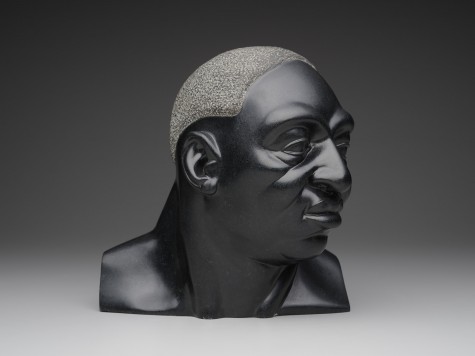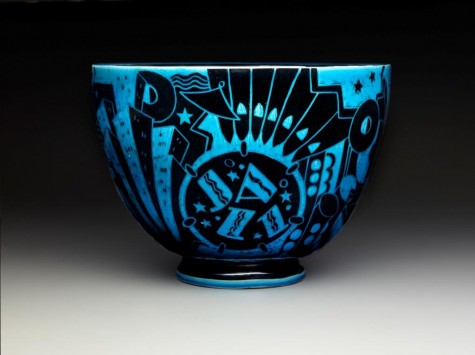All I can say is “Thank goodness it’s Friday!” I found a few works of art that reflect how I spend my weekends.
[slideshow]
Until next time….
Jenny Marvel
Manager of Programs and Resources for Teachers
Works of art:
Edgar Degas, Aria after the Ballet, 1879, Pastel gouache, and monotype mounted on cardboard, Dallas Museum of Art, The Wendy and Emery Reves Collection, 1985.R.26
Eastman Johnson, Five Boys on a Wall, 1875-1880, Oil on composition board, Dallas Museum of Art, Foundation for the Arts Collection, gift of Roland S. Bond, Mrs. Alfred L. Bromberg, and Margaret J. and George V. Charlton, 1978.8.FA
Geoff Winningham, Untitled, 1985, Color photograph, Dallas Museum of Art, gift of Jackson, Walker, Winstead, Cantwell & Miller, 1986.22.11
Richard Long, Tennessee Stone Ring, 1984, Stone, Dallas Museum of Art, General Acquisitions Fund with a matching grant from The 500, Inc., 1985.120
Coreen Mary Spellman, Untitled (girl reading in bed), 1945, Etching, Dallas Museum of Art, gift of Helen, Mick and Thomas Spellman, 1994.160
Geoff Winningham, Untitled, 1985, Color photograph, Dallas Museum of Art, gift of Jackson, Walker, Winstead, Cantwell & Miller, 1986.22.4
Roger Kuntz, Paris Café, n.d., Silkscreen, Dallas Museum of Art, Mrs. Killborn Karcher and Mr. and Mrs. John A. Prather Prize, 1st Annual Dallas National Print Exhibition, 1953, 1954.17
Pietro Paolini, Bacchic Concert, 1625-1630, Oil on canvas, Dallas Museum of Art, The Karl and Esther Hoblitzelle Collection, gift of the Hoblitzelle Foundation, 1987.17





